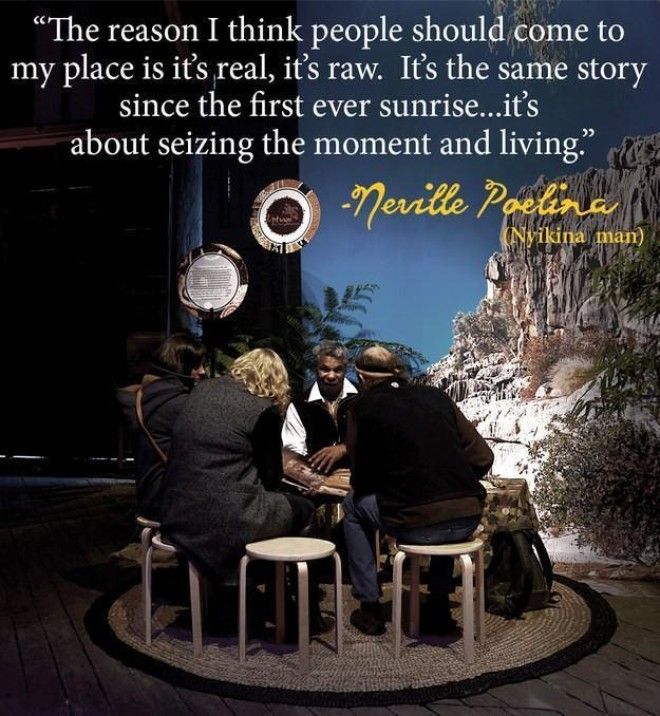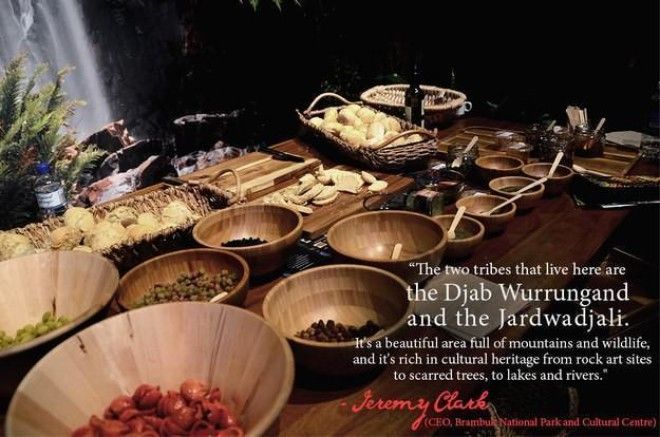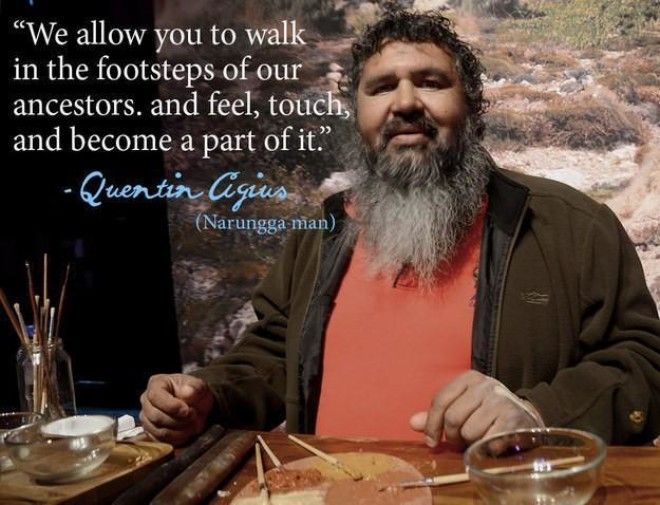Filmed with several Aboriginal tour operators around the country, Aboriginal Australia: Our Country Is Waiting For You, is a short film co-directed by award winning Aboriginal filmmaker Warwick Thornton. Thornton says tourism is the key to unlocking independent economic development ambitions in the Indigenous community.
“I learned so much about us amazing mob making this film. When I am around the world I can pull this short film out and say this is what black Australia has to offer and it’s premium. It’s the best you can get.”
“You can’t compete against 40,000 years of connection to land, culture and story and dance; no one has knowledge like our mob and that’s what tourists want.”
The cinematic campaign features the diversity of different Aboriginal groups from the ruby red Kimberley coastline to the lush greens of the rainforests in far north Queensland.
Tourism Australia Managing Director, John O’Sullivan, says they’re just giving tourists what that’ve been asking for.
“Australia’s Indigenous experiences are a unique and important part of our tourism offering. Currently, 14 per cent of our international visitors participate in an Aboriginal cultural experience during their trip, helping to inject $6.4 billion annually into our visitor economy.”
We asked four Indigenous tour operators from different tribes and different parts of the country to explain to the world why Aboriginal Australia is worth the visit.
1. Mardoowarra River (Fitzroy River) in the Kimberley, Western Australia

Neville Poelina runs Uptuyu Aboriginal Adventures in the Kimberley in Western Australia. Poelina tells visitors to his country how the mighty Fitzroy River was created.
“My river used to be a pool at the first sunrise; this was during our creation time. In the creation time there was only a pool and my ancestral father walked along as a night heron bird and come across this pool and drugged it so that all of his family could eat from this pool.”
“They made lots of noise around this pool and the snake came up to the surface to see who was making all that noise. My ancestral father said quick to his sons, quick throw me a spear, and he speared the snake as it was coming out of the water and it reared out of the water and took off up stream. And that’s how the Fitzroy river formed.”
2. Tully, Far North Queensland.

Sonya Jeffrey runs Ingan tours in Tully, far north Queensland. She says the coastline and lush rainforest that bookends her country were created by a mythical creature that united the tribes in the area.
“Half-man, half-eel his name was Jirrigutta so he travelled all the way up from Palm Island all the way up to the tableland to Barren Falls in search of something and along the way he created the mountains, the rivers the oceans.”
“The connection we have with him is eel, which is our totem.”
3. Brambuk National Park, Victoria.

The Brambuk National Park within the Grampians region in Victoria three hours from Melbourne, has been home to the Djab Wurrung and the Jardwadjali for thousands of years. The park is full of important sites and is home to the only surviving image of the area’s creator spirit.
“Our creation story goes through Bunjil who took the form of an eagle and we are very lucky there’s an actual art site near our cultural centre with the only image known image of our creator spirit, Bungil.”
4. Adjahdura Land (Yorke Peninsula), South Australia.

In South Australia, Quentin Agius runs Aboriginal Cultural Tours, taking visitors onto Adjahdura Land (Yorke Peninsula). He says the land was born out a fight between two of their creators.
“We talk about how Nookina came from the northern part of the country and came into southern part of country without permission, and then
Nookina and Windera got into a fight.”
“During that fight Windera got injured and he laid down in a certain special area, and where he laid down he became a part of country and you can see to this day the different coloured rocks that are parts of his body.”

